The Biomechanics of Planing
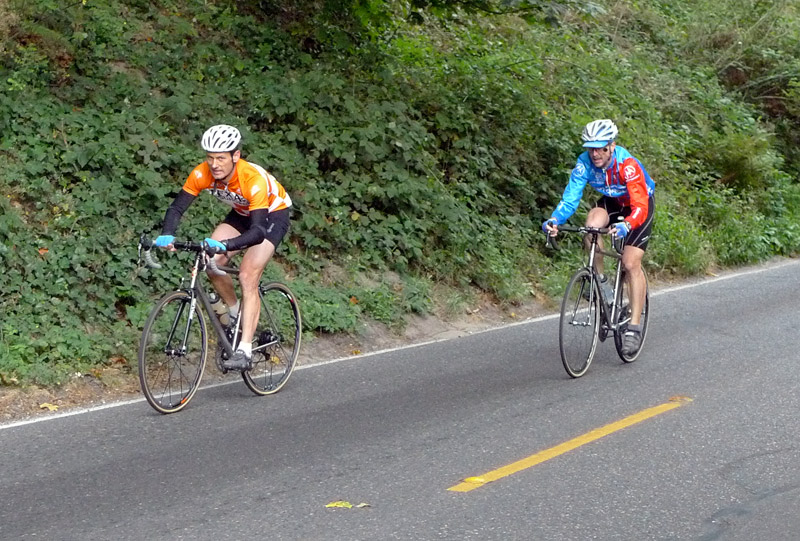
We discussed “planing” in a recent post by looking at power data from a double-blind test of two different bikes. (If you haven’t read that post, we suggest you start reading there.) The data showed that the same rider’s power output was consistently higher on a bike with a more flexible frame than on a stiffer one.
On a bike with optimized frame flex characteristics, the rider can put out more power with less fatigue. We named this phenomenon ‘planing.’ How does it work?
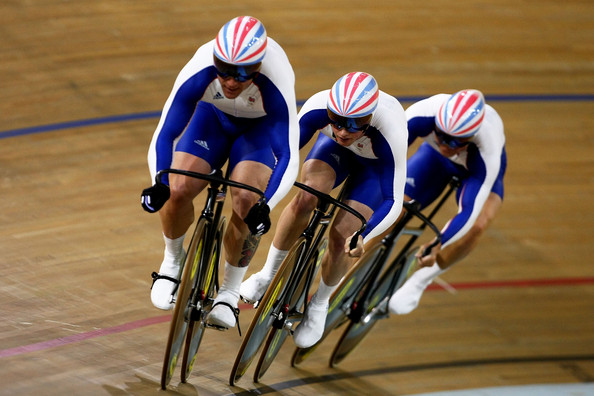
A cyclist’s power output is very uneven during the pedaling stroke. Even a professional racer with a beautiful spin puts out almost all of his/her power during the down stroke. This means that the bike is propelled forward by a series of brief accelerations, rather than a steady force. You can accelerate the bike/rider only so much during the short power stroke. Trying to pedal harder feels as if your legs are pushing against a brick wall.
The brick wall analogy is useful, because it shows that you can fatigue even when you aren’t doing work in the sense of physics. When you push against a wall, the wall doesn’t move – no work is done. Yet lactic acid builds up in your muscles, and you fatigue quickly.
Back to the bike and the power stroke: Imagine a bike that accepts extra power during the down stroke, rather than pushing back against your pedal stroke. Imagine that the frame stores the energy, and releases it at the end of your power stroke. This would lengthen the power phase of your stroke. Without having to accelerate the bike more, you would be able to put more power into it.

Frame flex acts like a spring. Finite element analysis models (above) have shown that almost all energy that you input into the frame as flex gets returned into the drivetrain, powering the bike. (Very little is lost to hysteresis – bike frames don’t get hot as they flex.)
This stored energy is released when the pedal stroke approaches the dead spots. The right type of frame flex thus prolongs your power stroke, allowing you to put more power into the bike without having to accelerate it more.
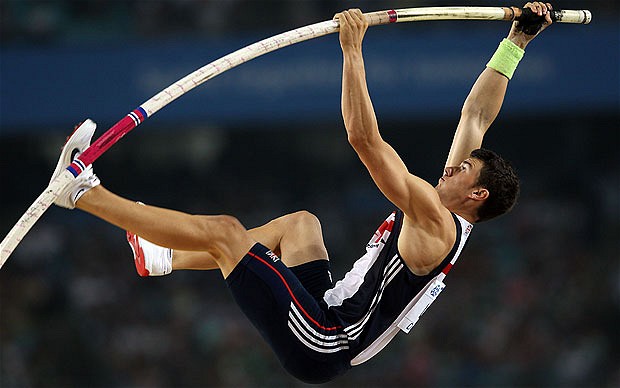
In other sports, it is not a new idea to use flex to store energy and then releasing it in a beneficial manner. Pole vaulters use this phenomenon, and so did native American hunters with their atlatls. (Atlatls are sticks that throw darts with such force that they could pierce the Spaniards metal armour.) Jump-roping on a sprung gym floor is less fatiguing than it is on concrete.
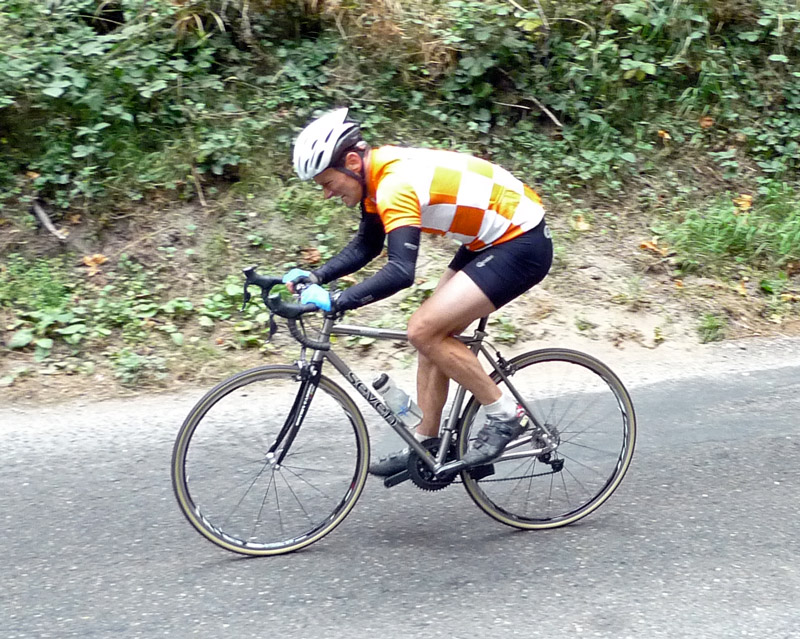
We know that riders can put out 12% more power on bikes with optimized flex characteristics. Our observations during our double-blind test – where we rode bikes that were identical except one was stiffer than the others – are consistent with the idea that the best frames allow us to input more energy with less fatigue. On the stiffer bikes, our legs hurt with a burning sensation. This limited our power output. When we reached the top of the hill after an all-out effort, our heart rate was lower than its absolute maximum.
On the more flexible bikes that ‘planed’ optimally for us, our legs did not hurt. The sensation was one of pleasant warmth in our legs, maybe a little tingling. With the legs no longer the limiting factor, our cardiovascular system set the ceiling on our power output. At the top of the hill, we were completely out of breath. Riding these bikes fast was more fun, because our legs didn’t hurt.
The last part is the most important for me. I ride my bike for fun, and a bike that is more fun the harder I ride provides more of the exhilaration that draws me to cycling in the first place.
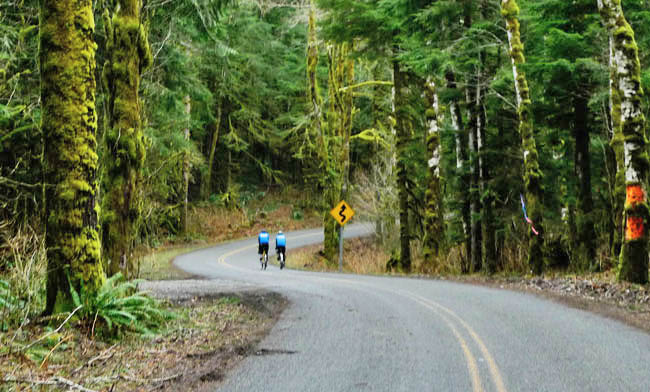
The bikes that ‘plane’ best for us also are less fatiguing and more fun to ride at more moderate power outputs. On these bikes, we can ride long distances with relatively little mental effort. The act of pedaling becomes subconscious, allowing us to focus on the enjoyment of the ride, the scenery, and the friends with whom we ride. It’s also the secret to covering the ultra-long distances, like the 765 miles of Paris-Brest-Paris, almost non-stop. If the bike flexes in harmony with your pedal strokes, it’ll entice you to go further and faster than you imagined.
Notes:
• Information about Bicycle Quarterly, the magazine that did this research.
• Further reading: Double-blind experiment: Bicycle Quarterly Vol. 6, No. 4. Power data from double-blind tests: Bicycle Quarterly Vol. 7, No. 4.
• Finite element analysis was done by Gary Houchin-Miller.


